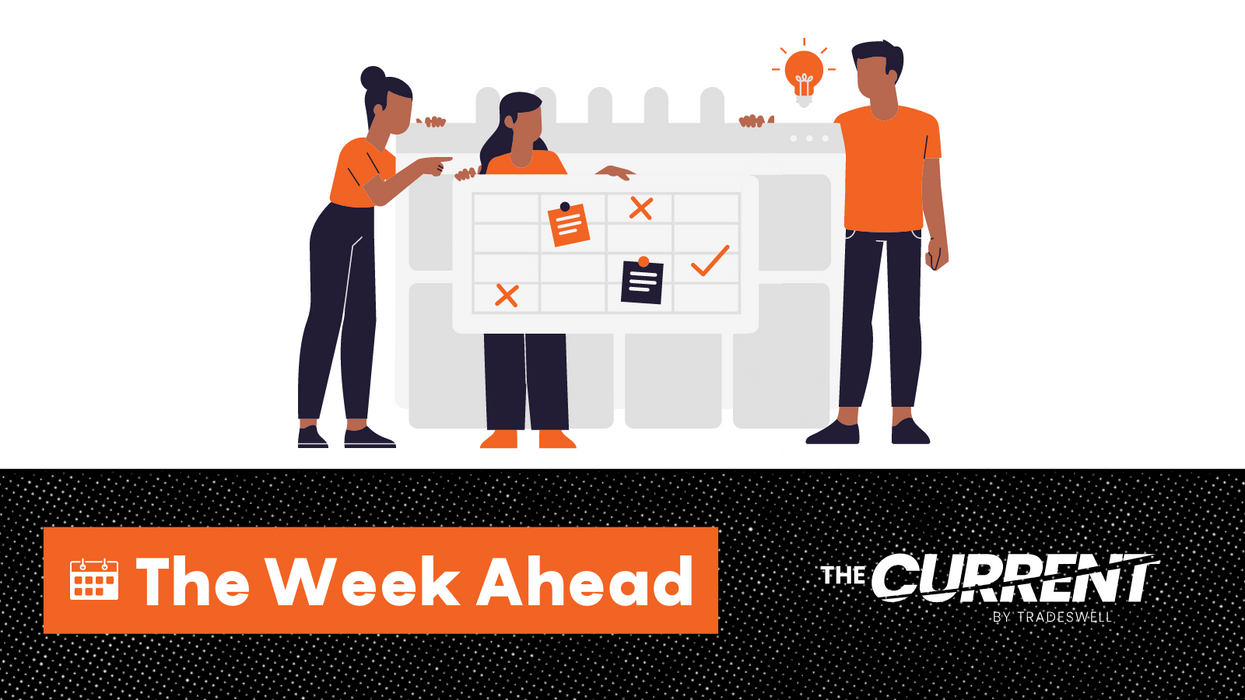Economy
19 September 2022
The Week Ahead: Groceryshop, Paris Retail Week, Fed decision
Check out the ecommerce schedule for Sept. 19-23.

Check out the ecommerce schedule for Sept. 19-23.

Welcome to a new week. World leaders gathered in London on Monday for the state funeral of Queen Elizabeth II in London. The death of the long-serving monarch has given way to a 12-day mourning period in the UK. London Fashion Week was scaled back, while the royal family’s fashion is being closely watched. It's one of the rare moments when the whole world appears to take a pause. It's also a time of transition for many in the UK, including brands. Over 500 brands, including Heinz, Twinings and Gordon’s, will have to change packaging to remove the royal coat of arms following the Queen's death, and reapply for Royal Warrant status to King Charles III.
Here’s a look at the schedule in the US for retail and ecommerce events, economic indicators and second quarter earnings reports:
Here’s a look at where ecommerce leaders are gathering to network and learn this week:
When it comes to economic data, the focus is on the Fed this week:
Here’s a look at CPG, ecommerce and retail companies reporting second quarter earnings:
Monday, Sept. 19: Autozone
Tuesday, Sept. 20: Stitch Fix
Wednesday, Sept. 21: General Mills, Steelcase
Thursday, Sept. 22: FedEx, Costco
Check out the calendar of events, economic indicators and earnings for May 22-26.
Welcome to a new week. CPGs are in Chicago to start the week as they show off the latest and greatest treats at Sweets & Snacks. In earnings, retailers such as Best Buy, Dick’s, American Eagle and Costco are continuing to report initial 2023 results. Then, we’ll head into Memorial Day with fresh data on the consumer, courtesy of the PCE Index.
Here’s a look at the calendar:
Sweets & Snacks: Confectionery and snacks brands gather in Chicago for an exhibition that offers a glimpse of new products, innovation and industry connections. May 22-25, Chicago
Internet Retailing Expo: Ecommerce leaders gather for learning in Birmingham, England, for a conference, workshops and roundtable discussions. (May 23-24, Birmingham)
Personal Consumption Expenditures: The U.S. Bureau of Economic Analysis releases data on consumer spending, income and pricing for April 2023. This is the inflation measure preferred by economists, including members of the Federal Reserve’s key committee. (May 26, 8:30 a.m.)
Durable Goods Orders: The U.S. Commerce Department releases data for April 2023 on factory orders for goods that are designed to last more than three years. This is considered a forward-looking indicator of demand. (May 26, 8:30 a.m.)
Consumer Sentiment: The University of Michigan releases its final reading of consumer buying conditions and inflation expectations for May 2023. (May 26, 10 a.m.)
Tuesday, May 23: Dick’s Sporting Goods, VF Corp., Lowe’s, BJ’s Wholesale Club, Urban Outfitters, Williams Sonoma
Wednesday, May 24: American Eagle Outfitters, Petco, Abercrombie & Fitch, elf Beauty, Kohls, Express, Guess
Thursday, May 25: Best Buy, Ulta Beauty, Costco, Ralph Lauren, Gap Inc., RH.
Friday, May 26: Pinduoduo.